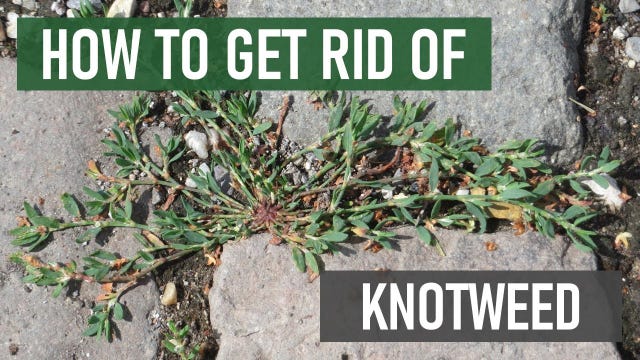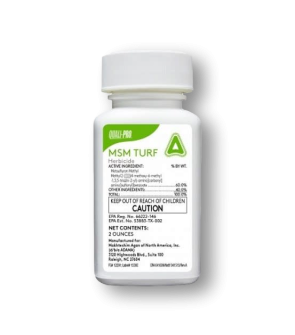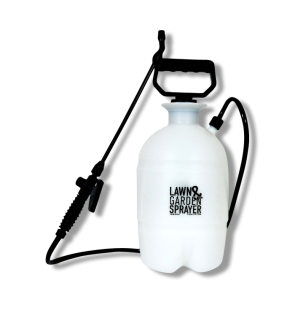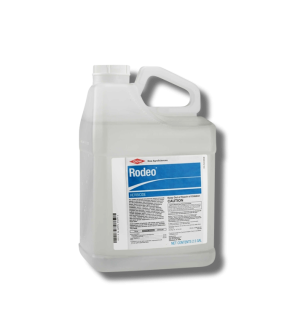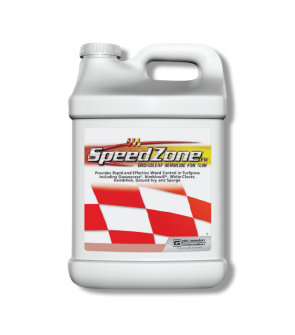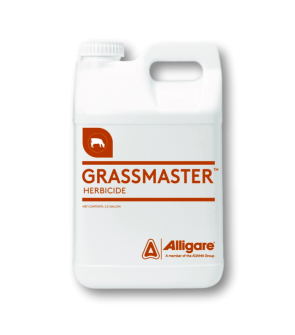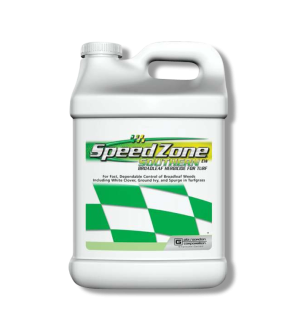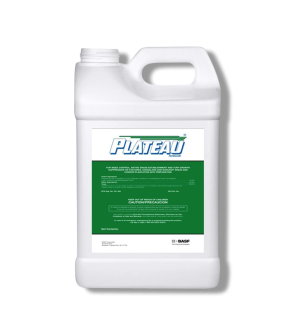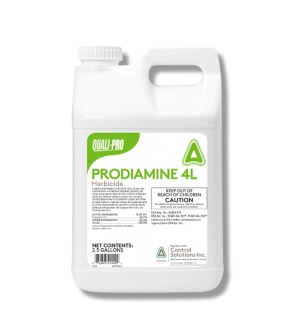Gain access to personalized product screening, the best pricing, rewards, and more!
Most Effective Products
Knotweed Control: How To Get Rid of Knotweed
Knotweed is an invasive perennial weed that commonly infests lawns. It grows low to the ground and gradually spreads. Often, it starts out in a small area with a plant or two, but if it isn't dealt with, it can overtake a yard in a short period of time.
Knotweed is becoming increasingly common in states like Florida, where about 15 species occur. Some are exotic, while others are native. Knotweed spreads by creeping rhizomes and seeds. It can grow in areas such as roadsides, fields, and places that are not managed regularly. It grows in marshes, swamps, wet areas, ditches, and just about any wetland situation. A distinguishing characteristic of knotweed is its swollen nodes where the leaves meet the stems. Leaves are spear-shaped, narrow, and willow-like.
If you have a problem with knotweed on your lawn, our DIY knotweed treatment guide can help. The instructions below were recommended by our lawn care experts and will show you how to kill knotweed properly and ensure it doesn't return.
Identification
Before carrying out a treatment program, you must first be certain that you are dealing with knotweed and not some other weed. Careless identification can lead to using the wrong treatment methods, which can waste time and money. Listed below are some common traits to know what knotweed looks like:

- The interesting thing about knotweed is that it grows laterally rather than vertically, which helps it overtake a yard and become an eyesore. Mature knotweed forms mats of slender stems that are swollen at the nodes.
- The flowers are very small and inconspicuous.
- Based on its appearance, knotweed can often be mistaken for other weeds like spotted spurge or purslane, but there are slight differences in the leaf arrangement and traits.
Use the description and image above to help you properly identify knotweed. If you're having trouble, contact us and send us a photo of your weed. We will identify it for you and suggest treatment options.
Inspection
When and Where to Inspect
Mid-summer is the best time to conduct a knotweed inspection. Look for it next to driveways and sidewalks, as it can push out towards there. Knotweed thrives in moist soil and either in full or partial sunlight. Knotweed is known to be most common in the flood plains alongside rivers and creeks. It also grows in roadside ditches, waste areas, and beaches.
As the knotweed matures, it becomes tough, wiry, and prostrate and develops a thin taproot, which, if you can discover early and dig out and hand pull, will help to eliminate it from establishing. However, by the time the weed is noticeable by midsummer, it may be too late to be able to do this.

What to Look For
Look for where the knotweed is concentrated. Knotweed leaves are long, narrow, and rounded at the tip, and they often have a coating that looks like white powder. Knotweed flowers are small and pinkish or white.
Treatment
Before handling any herbicides, ensure you have the necessary personal protective equipment (PPE), such as gloves, a mask, and safety glasses.
If knotweed has already emerged, MSM Turf Herbicide has been shown to control the invasion well. In some cases where the knotweed is stubborn and persistent, a repeat application should be conducted for better post-emergence control.
Step 1: Measure and Mix MSM Turf Herbicide
Determine how much MSM Turf Herbicide to use by measuring the square footage of the treatment area. Find the square footage by measuring the treatment area's length and width in feet, then multiplying them together (length X width = square footage). For acreage, divide the square footage by one acre (square footage / 43,560 sq. ft. = acres).
Apply 0.5 to 1.0 oz. of MSM Turf Herbicide per acre. For residential lawns, this breaks down to 0.011 to 0.023 oz. per 1,000 sq. ft.
Adding a surfactant to the msm turf herbicide mixture, such as Nanotek Surfactant, can enhance the product's effectiveness.
Mix and apply this product with a handheld pump sprayer or backpack sprayer.
Step 2: Spray the Knotweed
Apply the MSM Turf Herbicide solution to the knotweed on a fan-tip nozzle spray setting to spray a fine mist that will evenly coat the weed.
Spray an adequate amount all over the knotweed. Within a few days, it will start to show signs of wilting and death, and it will be eliminated soon.
Step 3: Follow Up Application
There are times when knotweed can be persistent and difficult to control and will need a follow-up application. Check back in 7 to 10 days to see how the knotweed is faring, and reapply after 4 to 6 weeks until the plant has died out.
Prevention
After the knotweed has been eliminated, you don't want it to return next growing season. Prevent knotweed from returning with the following preventative measures:
- For pre-emergent control, Nitrophos Barricade effectively keeps knotweed from germinating in the springtime. Knotweed is an annual that germinates in late February or early March, so the best time to apply pre-emergent herbicide should be in the late fall. However, if it is too late and the knotweed is out and about, you should use a post-emergent herbicide instead.
- The best way to prevent knotweed from returning and taking over is to grow healthy turf grass that will choke out any weed attempting to grow. Reduce foot traffic on your grass to address compacted soil issues.
- Applying mulch is another good preventative measure against prostrate weeds in vegetable gardens. Coat the entire garden bed with polyethylene mulch and cut holes large enough to water around the plant.
Key Takeaways
What Are Knotweeds?
- Knotweed is a fast-growing and extremely aggressive annual weed known to create many seeds where they are established.
How to Get Rid of Knotweed
- Our top recommendation for treating knotweed is MSM Turf Herbicide.
Prevent Knotweed Reinfestation
- A pre-emergent herbicide like Barricade can be applied to your lawn before the growing season to prevent knotweed seeds from sprouting.






